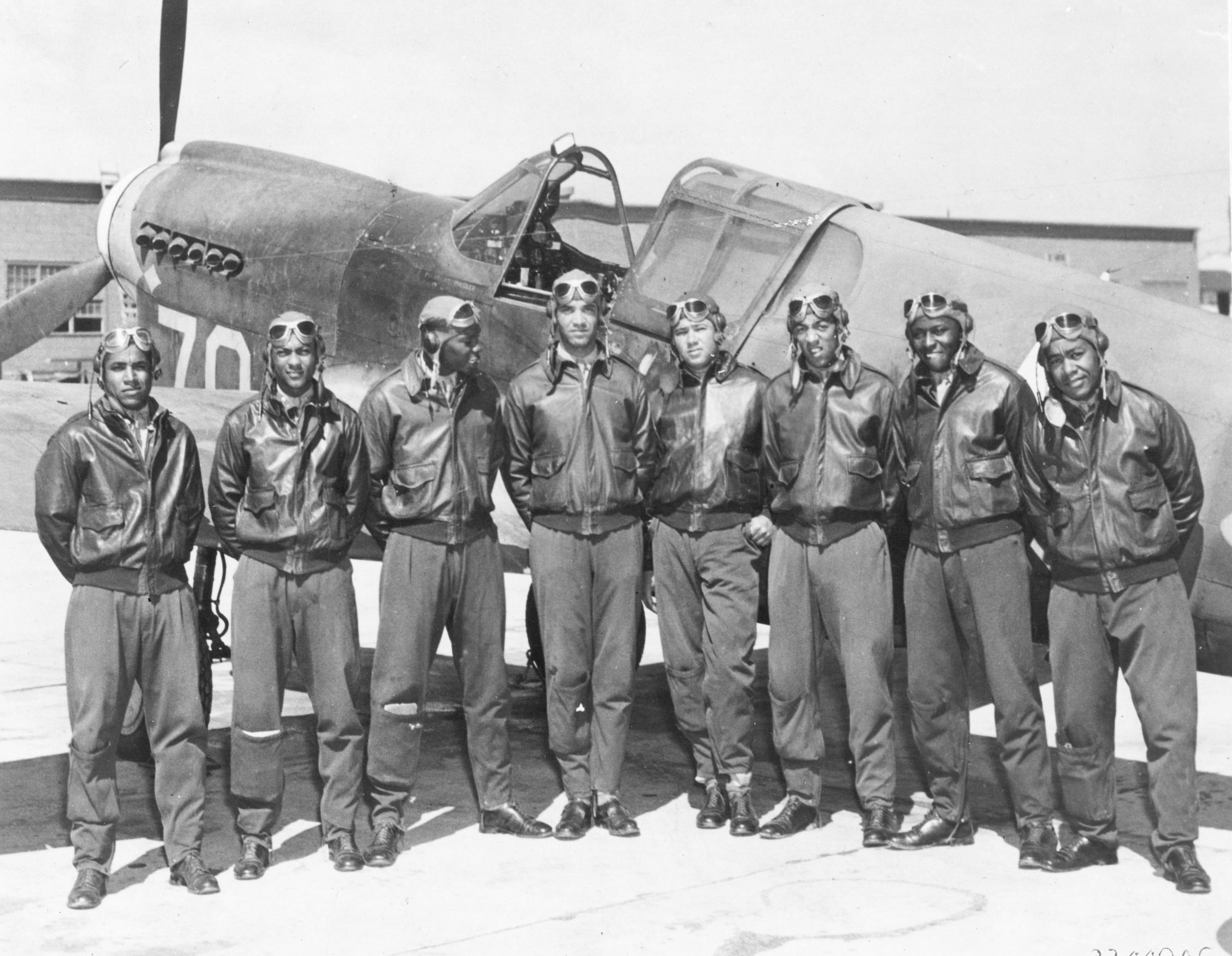
Born and raised in Bryn Mawr, Pennsylvania, C. Alfred Anderson was always fascinated with flight. He saved his money and at 20, had enough to take flying lessons. However, because of his race, no one would teach him how to fly. Anderson realized the only way he would learn was if he bought his own airplane. With his savings and loans from friends, he purchased a Velie Monocoupe, which he taxied up and down the runway of the local airport, eventually going fast enough to take off. He taught himself how to land successfully. Even so, no one would give him formal lessons.

Local flying club member and experienced pilot Russell Thaw needed an airplane to visit his Mom on weekends in Atlantic City. Anderson needed lessons. Thaw rented and flew Andersons' plane in exchange for lessons; he earned his sought after pilot's licence in 1929. Not stopping there, Anderson sought to obtain his air transport licence. With race again an obstacle, it was "The Flying Dutchman" who came to his aid when German pilot Ernst Buehl was asked to open transcontinental airmail routes in the United States. By 1932, Anderson became the first black to obtain an air transport licence.

In 1940, the Tuskegee Institute debuted a new program to train black pilots and hired Anderson as its Chief Civilian Flight Instructor. The following year, First Lady Eleanor Roosevelt toured the Tuskegee Institute Hospital, and knowing of the new air program, asked to meet its flight instructor. Eleanor Roosevelt told Anderson that when she was growing up, she had heard that "colored people couldn't fly". Despite her security detail's reservations, the First Lady requested a flight with Anderson and he obliged, shattering the racial stereotype and confirming what she already suspected.

Anderson went on to instruct the 99th Air Squadron, the first all black fighter squadron. Joining three other black squadrons, the Tuskegee Airmen flew 1378 combat missions, destroyed 260 enemy planes and earned over 150 Flying Crosses.

For more information, read The Tuskegee Airmen: An Illustrated History 1939-1949 at http://www.newsouthbooks.com/bkpgs/detailtitle.php?isbn_solid=1588382443.
No comments:
Post a Comment